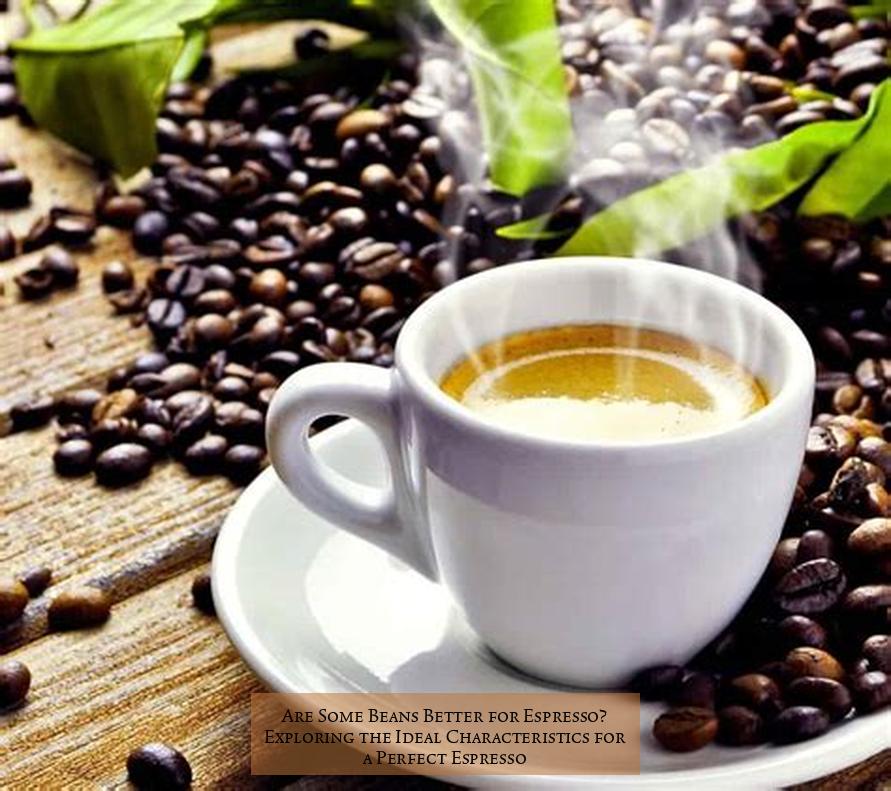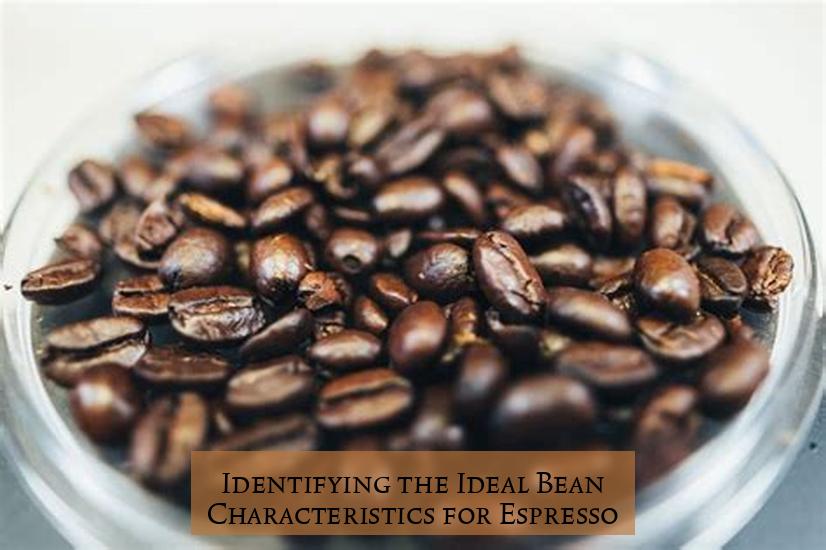Are Some Beans Better for Espresso? Exploring the Ideal Characteristics for a Perfect Espresso
If you’ve ever sipped on a less-than-stellar espresso, you know the disappointment of a subpar brew. But fear not, fellow coffee aficionados, because we’re about to delve into the fascinating world of espresso beans. Are some beans better for espresso? Buckle up as we uncover the secrets behind the perfect espresso blend and the ideal characteristics that make for a truly exceptional cup of joe. Whether you’re a seasoned barista or a casual coffee lover, get ready to elevate your espresso game with some bean knowledge that’s sure to perk you up.
Key Takeaways
- Espresso beans are best for making espresso as they deliver the uniformity, body, and flavor expected in a shot of espresso.
- Choose beans roasted in the light-medium to moderately dark range for the best espresso brewing results.
- Avoid beans with an abundance of oil on the surface and that feel oily, as they are not ideal for espresso machines.
- For a straight espresso shot, it’s best to avoid blends with robusta and opt for 100% arabica, preferably with some East African or Central American high-altitude coffees for fruity top notes.
- Dark roasts are perfect for espresso drinks or drinks that incorporate milk or cream, while light roasts are often recommended for pour-over and drip coffee.
- There is no difference between espresso and coffee beans, and any coffee bean can be used for espresso, but medium to darker roasted coffees are suggested for the most consistent taste.
Are Some Beans Better for Espresso? Exploring the Ideal Characteristics for a Perfect Espresso

The pursuit of the perfect espresso shot is an art that requires careful consideration of every element, from the grind size to the extraction time. While all coffee beans have the potential to produce an espresso, not all beans are created equal. In this comprehensive guide, we’ll delve into the world of espresso beans, exploring the characteristics that set them apart and identifying the ideal qualities for achieving a rich, flavorful, and balanced espresso.
The Role of Roast Level in Espresso Brewing
The roasting process plays a pivotal role in determining the flavor profile and suitability of coffee beans for espresso. Light roasts, with their bright acidity and subtle flavors, are often preferred for pour-over and drip coffee methods. In contrast, medium to dark roasts, with their developed body, rich flavors, and lower acidity, are the preferred choice for espresso brewing. These darker roasts provide the necessary strength and intensity to withstand the high pressure and quick extraction time of an espresso machine, resulting in a balanced and flavorful shot.
Identifying the Ideal Bean Characteristics for Espresso

Beyond the roast level, several other factors contribute to the suitability of coffee beans for espresso. These include:
The Search for the Perfect Espresso Blend
When selecting coffee beans for espresso, consider the desired flavor profile and the type of espresso drinks you prefer. For a straight espresso shot, a 100% Arabica blend with notes of fruit and acidity is often recommended. If milk or cream is your preference, a blend with a higher proportion of Robusta beans, known for their bold and earthy flavors, can provide a richer and more intense espresso base.
Additional Tips for Selecting the Best Espresso Beans
In addition to the factors discussed above, here are some additional tips to help you choose the ideal espresso beans:
What are the best beans for making espresso?
Espresso beans are best for making espresso as they deliver the uniformity, body, and flavor expected in a shot of espresso.
Why are certain coffee beans labeled for espresso?
Certain coffee beans are labeled for espresso because they work better as espresso and have a wider sweet spot for dialing in. At times, roasters will identify those as espresso roast.
What beans are best for espresso?
For a straight espresso shot, it’s best to avoid blends with robusta and opt for 100% arabica, preferably with some East African or Central American high-altitude coffees for fruity top notes.
Are some beans not good for espresso?
If you can visually see an abundance of oil on the surface of the beans and they feel oily, then they are not ideal for your espresso machine.
Are dark or light beans better for espresso?
Dark roasts are perfect for espresso drinks or drinks that incorporate milk or cream, while light roasts are often recommended for pour-over and drip coffee.
Is there a difference between espresso and coffee beans?
There is no difference between espresso and coffee beans, and any coffee bean can be used for espresso, but medium to darker roasted coffees are suggested for the most consistent taste.

